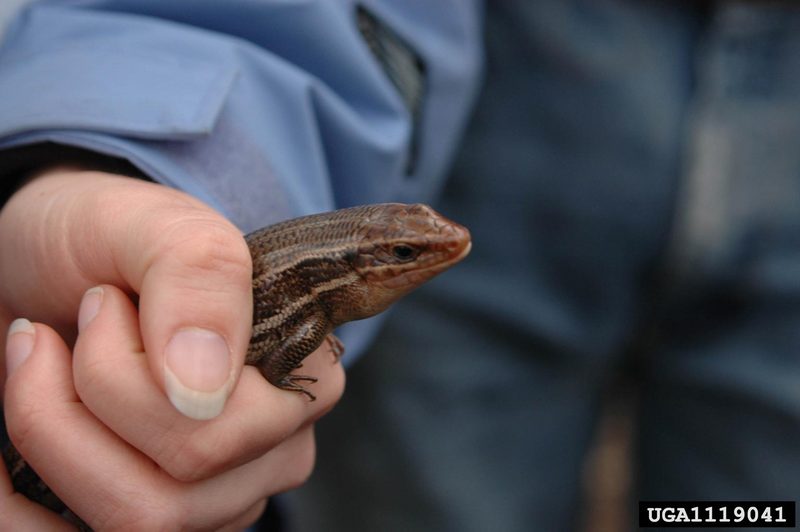|
| 질의: lizard | 결과: 1489번째/1599 | |
Broad-headed Skink (Eumeces laticeps) (넓적머리도마뱀)
| 제목: | Broad-headed Skink (Eumeces laticeps) (넓적머리도마뱀)
| |

| 해상도: 1536x1022
파일크기: 88074 Bytes
등록시간: 2005:12:11 15:45:46
|
broad-headed skink
Reptilia > Squamata > Scincidae
Eumeces laticeps (Schneider, 1801)
Photographer: Chris Evans, The University of Georgia
Descriptor: Adult(s)
Location: Florida, United States
Image Citation:
Chris Evans, The University of Georgia, www.forestryimages.org
Image Use:
This image may be copied and used, in whole or in part, for any non-profit, educational purpose provided that all reproductions bear an appropriate credit. Any commercial or other use of the image requires the written permission of the photographer or contact organization, and Forestry Images.
Comments
=========
The broad-headed skink or broadhead skink (Plestiodon laticeps) is species of lizard, endemic to the southeastern United States. The broad-headed skink gets its name from the wide jaws, giving the head a triangular appearance. Adult males are brown or olive brown in color and have bright orange heads during the mating season in spring. Female broad-headed skinks have five light stripes running down the back and the tail. Order: Squamata > Family: Scincidae > Genus: Plestiodon > Species: Plestiodon laticeps |
^o^
동물그림창고 똑똑전화 누리집
^o^
|
|